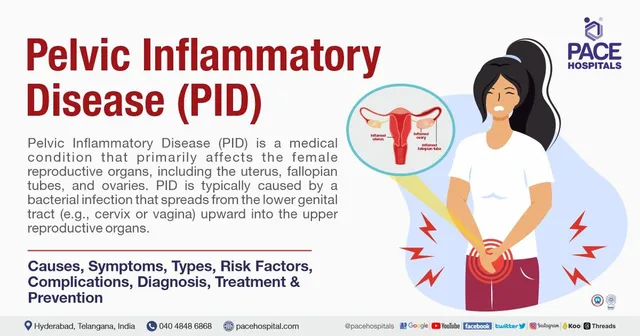The pelvic region is a complex area that includes vital organs such as the bladder, reproductive organs, and parts of the digestive system. Many individuals, regardless of age or gender, may experience discomfort or medical issues related to this area. Recognizing the signs of common pelvic ailments is essential for seeking appropriate treatment and improving quality of life.
What Are Common Pelvic Ailments?
Common pelvic ailments encompass a range of health issues that affect the pelvic organs. These conditions can vary from minor discomforts to more serious medical concerns requiring professional intervention. Some of the most frequently encountered pelvic problems include urinary tract infections, pelvic floor dysfunction, ovarian cysts, and endometriosis.
Symptoms to Watch For
Symptoms of pelvic ailments can differ depending on the specific condition, but generally include pain, pressure, or discomfort in the pelvic area. Patients may also experience abnormal bleeding, urinary issues such as frequency or urgency, and sometimes gastrointestinal problems. Recognizing early signs can facilitate prompt diagnosis and treatment.
Common Causes of Pelvic Ailments
The causes of pelvic ailments are diverse, often involving infections, hormonal imbalances, structural abnormalities, or injury. In women, hormonal fluctuations related to menstrual cycles, pregnancy, or menopause may contribute to conditions like endometriosis or ovarian cysts. In men, issues such as prostatitis can impact pelvic health. Lifestyle factors like high stress, poor diet, and lack of exercise may also play a role in developing certain pelvic issues.
Diagnosis and Treatment
Diagnosing pelvic ailments typically involves a combination of medical history review, physical examinations, imaging studies, and lab tests. Once diagnosed, treatment plans can vary, including medication, physical therapy, lifestyle modifications, or surgical procedures depending on the severity and type of ailment.
Preventive Measures and When to See a Doctor
Maintaining a healthy lifestyle is vital for pelvic health. Regular exercise, a balanced diet, proper hydration, and good hygiene can help prevent many common pelvic ailments. It’s also important to perform regular self-examinations and seek medical advice if you notice persistent discomfort, unusual symptoms, or changes in your body.
Learn More About Common Pelvic Ailments
If you’re experiencing symptoms related to the pelvic area or want to educate yourself further on this topic, visit our dedicated page on common pelvic ailments. Understanding the causes and treatment options can empower you to make informed health decisions.
Explore Resources and Support
For additional information, support, and resources related to pelvic health, consider visiting Magazin ExU. Our platform provides valuable insights into various health topics, including pelvic health, and connects you with professional guidance and community support.
Taking proactive steps towards understanding and managing your pelvic health is crucial. By staying informed and consulting healthcare professionals when needed, you can effectively address common pelvic ailments and improve your overall well-being.
